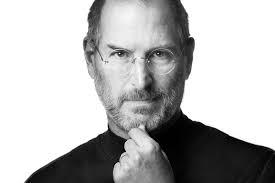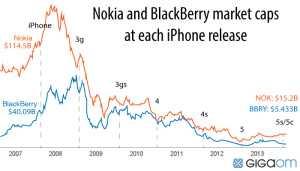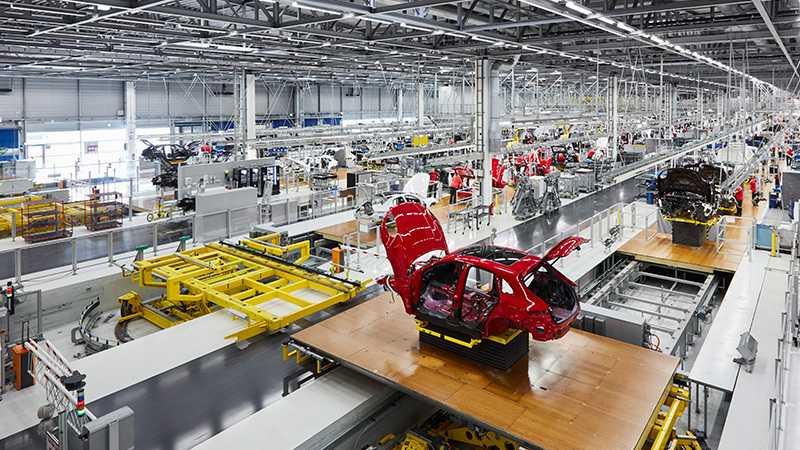The hidden value of organizational health--and how to capture it
Curated from: mckinsey.com
Ideas, facts & insights covering these topics:
7 ideas
·2.32K reads
9
Explore the World's Best Ideas
Join today and uncover 100+ curated journeys from 50+ topics. Unlock access to our mobile app with extensive features.
Organizational Health
According to a decade long research, the health of an organization is based on alignment with a robust strategy, deep-rooted culture, and a clarity of vision.
The health of an organization can also be defined as the capacity or ability to deliver superior financial and operating performance.
88
491 reads
Better Health = Better Performance
Extensive Data studies have found a link between the health of an organization and its performance.
Robust health is crucial to an organization's long term success.
83
393 reads
The Four Organizational Recipes
Companies aligned with one of these four organizational recipes are more likely to be healthy and to deliver strong, sustained performance than those following random management styles:
- Leader Driven
- Market Focused
- Execution Expertise
- Talent and Knowledge-based
95
309 reads
Leader Driven Organizations
Leader-driven organizations have the presence of great leaders, who are talented and are free to figure out ways to deliver results while being accountable for the same.
Leader-driven organizations have an open, trust-based culture, where creativity is valued.
90
317 reads
Market-Focused Organizations
Market-focused organizations have a strong orientation towards competitors, business partners, and the community/marketplace.
They focus on where the innovation is, where the market trend is going, and like to stay ahead of the competition, making innovative products while ensuring the response is profitable.
94
304 reads
Execution Edge
Organizations that follow the Execution Edge recipe focus on implementation, frontline execution, elimination of wastage of time and resources, and optimal utilization of data for efficiency.
They also use technology to foster better communication, last-mile delivery, and overall efficiency.
80
238 reads
Talent and Knowledge Core
The talent and knowledge core recipe is generally found in professional service firms, in various sectors like sports, consultancies, and entertainment.
They have star performers, and high-quality talent (physical or knowledge-based) to differentiate themselves and be profitable with the branding.
81
274 reads
IDEAS CURATED BY
"The pessimist complains about the wind. The optimist expects it to change. The leader adjusts the sails.”- John Maxwell
Valentina M.'s ideas are part of this journey:
Learn more about corporateculture with this collection
How to build trust and respect with team members
How to communicate effectively
How to motivate and inspire others
Related collections
Similar ideas
5 ideas
Organizational Alignment: How to Get it Right
thoughtexchange.com
4 ideas
10 ideas
Mastering the connection between strategy and culture
strategy-business.com
Read & Learn
20x Faster
without
deepstash
with
deepstash
with
deepstash
Personalized microlearning
—
100+ Learning Journeys
—
Access to 200,000+ ideas
—
Access to the mobile app
—
Unlimited idea saving
—
—
Unlimited history
—
—
Unlimited listening to ideas
—
—
Downloading & offline access
—
—
Supercharge your mind with one idea per day
Enter your email and spend 1 minute every day to learn something new.
I agree to receive email updates




